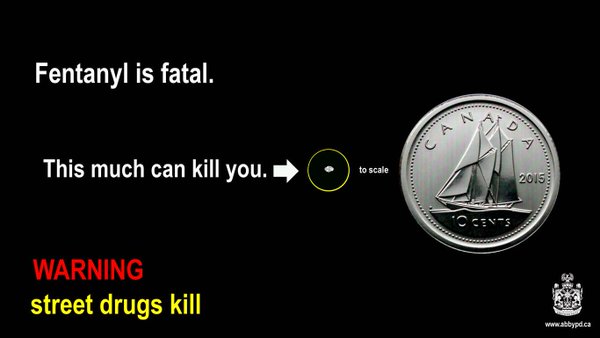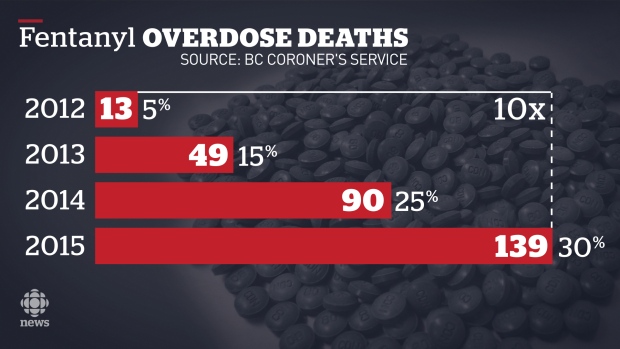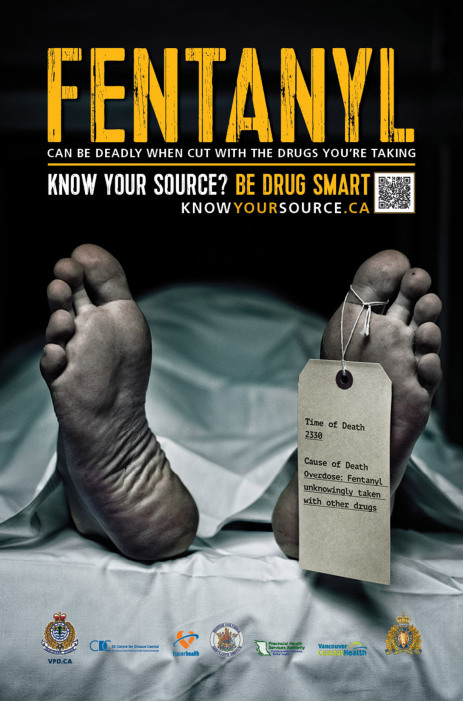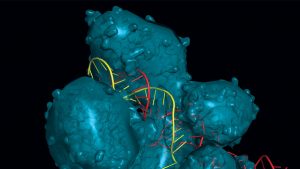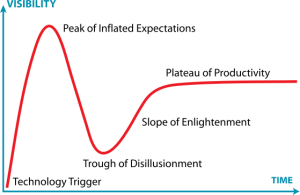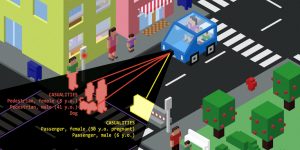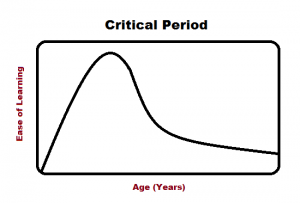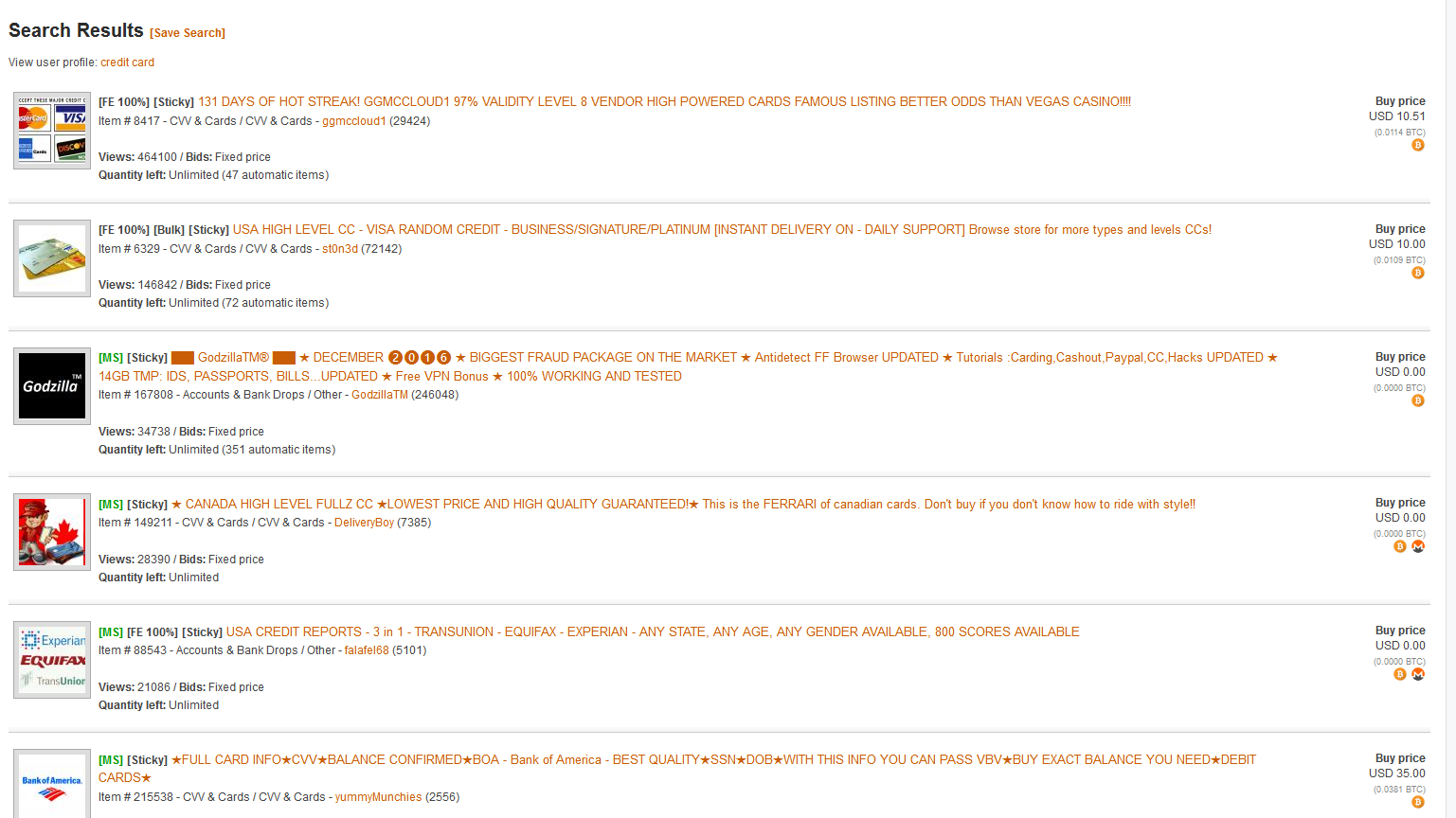During the most recent decade, there have been a lot of movies showing humans fighting against robots. Most of these movies have a background that the robots massively destroying human society, such as The Matrix and The Terminator series. This makes some people worry about the future of human society: Will scientists eventually develop an artificially intelligent machine that can outsmart human in every aspect, and will this machine likely declare a war to overthrow the domination of humans? Unfortunately, according to some leading scientists such as Stephen Hawking, both of these worries have a high possibility to occur soon.
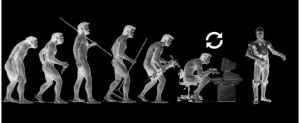
The revolution? — From Wikimedia Commons
Artificial intelligence (AI), which is defined as the machines or software that are designed to perform tasks, is extremely beneficial to the current society. Therefore, techniques that create advanced AI are developing at a staggering rate nowadays. Some AIs that exist today can even outsmart humans in certain aspects since AIs’ components provide AIs a processing rate that no human being can reach. For example, a well-known AI that is designed to play Go (encirclement chess) defeated the top Go player in 2016 because this AI can always calculate the move that has the highest win chance. Moreover, developers have developed a machine that has the functionality to self-code in order to generate new algorithms for new questions. Using this technology, with enough time and memory space, building an AI that could learn more than any people and outsmart humans in every aspect will become highly possible. In 2013, a research survey asked hundreds of AI experts about the approximate time to achieve a human-level AI. The results were that with the current trends of the development of artificial intelligence, AI experts expect the first human-level AI to be developed in 2022 at the earliest.
What is likely to be the consequence of this development? Although it sounds impossible that a piece of code or a metal machine will declare a war on human beings, a lot of professors have expressed their worries about that a high-level AI, such as a human-level AI, may declare a war on its creators, human beings. The following video shows the details about their worries:
https://youtu.be/LjWc2vtbn9M
To sum up, a genuinely smart AI is likely to be invented by humans in the coming future as technology develops, and such an AI will have the high potential to spell the end of humanity. However, this should not be a reason for stopping the development of AI, as AI has brought so many benefits to humans. From my perspective, as long as the developers have the overall control of any of its developments, such as inserting a self-destruct function triggered by anti-human thoughts for every AI, humans will never lose control to AIs.
-Zhaolin Deng


